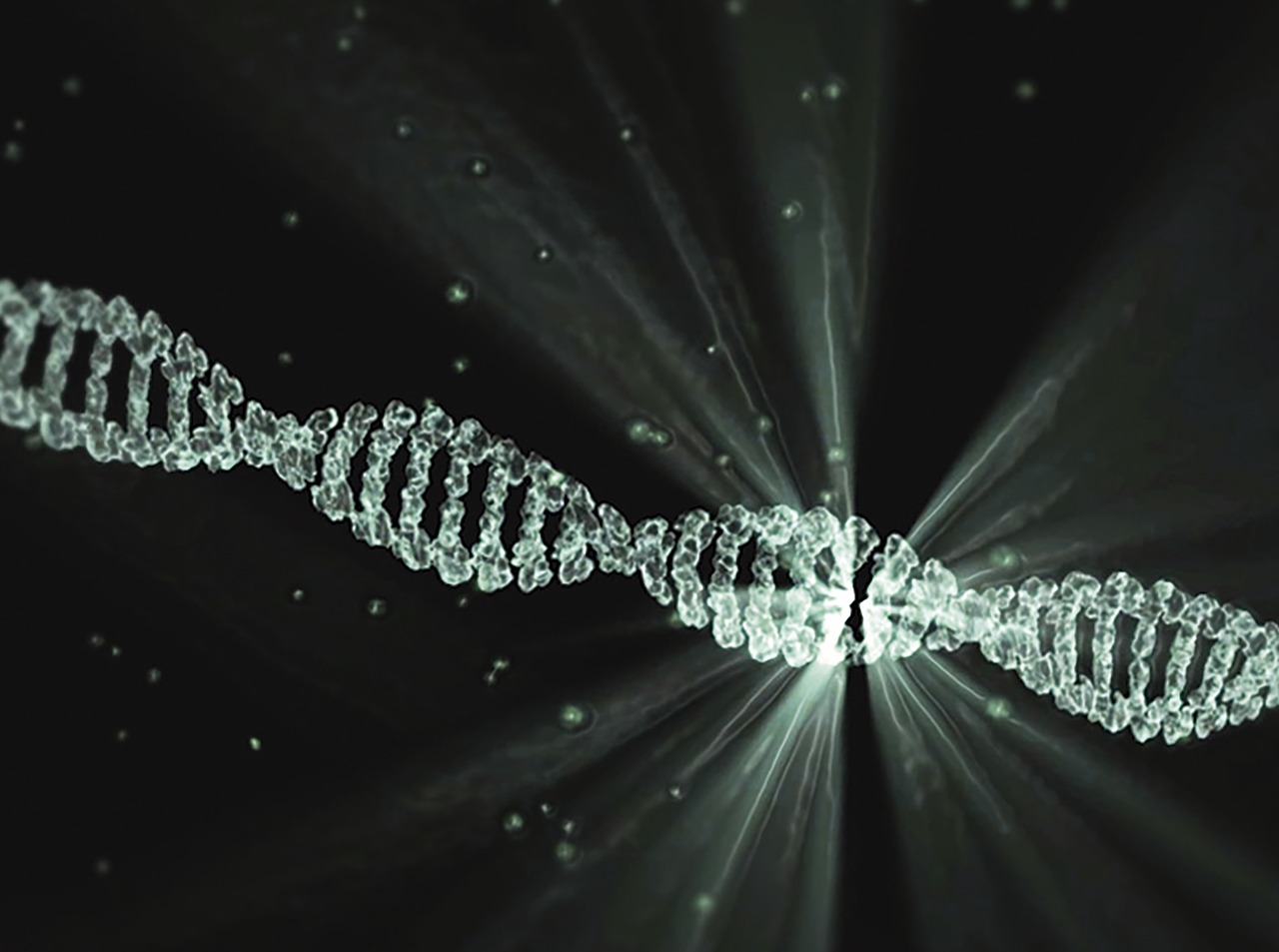Researchers in China are using new methods to fix genetic diseases in human embryos by cloning embryos with a mutation for a potentially deadly blood disorder. They then targeted the DNA to correct the condition, showing how it can be prevented at the earliest stages of development.
This is the latest experiment in a series that seeks to edit human genes, Nature reports. The team at Sun Yat-sen University in Guangzhou, China, led by Junjiu Huang, manipulated individual DNA letter or bases using CRISPR, instead of replacing entire sections of genes.
With this procedure, Huang’s team was able to edit out the mutation of a recessive disease caused by having two abnormal copies of a gene – the first to do so. Because of the difficulty of finding embryos with this rare condition, the team developed embryonic clones using the patients’ skin cells.
The researchers used “base editing,” which is a modification of CRISPR-Cas9, where the DNA is not cut. The Cas9 enzyme is disabled and linked to another enzyme that can switch out specific DNA base pairs.
Since there are hundreds of genetic diseases caused by single-base changes, this kind of targeted gene editing can potentially prevent them from fruition.
In eight of the 20 cloned embryos, the scientists were able to convert the abnormal gene back in one or both copies of the gene. While it is a rate that would be too low for clinical use, it shows a high efficiency rate compared to that of other gene-editing studies.
The team does caution that not all cells in the eight embryos were fixed. These “mosaic” embryos are made up of cells with different genetic compositions, which can be dangerous.
According to Huang, there is a need for more comprehensive experiments in the future, given the complexity of the procedure and the ethical ramifications involved. But this is proof that the base-editing technique can be useful in correcting genetic diseases. He said, “Base editing can repair the mutant site and block it from being passed on to the next generation.”
The study was published in Protein & Cell.
























